
Coded messages in invisible ink sound like something only found in espionage books, but in real life, they can have important security purposes.
Hard times for burglars and safecrackers: Empa researchers have developed an invisible “keyhole” made of printed, transparent electronics. Only authorized persons know where to enter the access code.
At first glance, Empa researcher Evgeniia Gilshtein’s idea seems inconspicuous—or more precisely, invisible. What initially looks like a simple transparent film conceals a whole new level of security. Invisible buttons are printed with conductive ink on the transparent carrier material, the position of which is known only to insiders. Such circuits can be connected to a door lock as an access code, for instance. If the buttons on the polymer film are pressed in the correct order, the door opens.
Conductive secret ink
A research team at Empa’s Thin Films and Photovoltaics lab in Dübendorf, where Evgeniia Gilshtein works, has previously succeeded in printing electronic circuits and sensors on polymer films. Together with researchers from the Paul Scherrer Institute (PSI) and EPFL, they applied thin-film transistors to paper and PET films within the FOXIP research project (short for “Functional OXIdes Printed on Polymers and Paper”).
To do this, the team uses transparent conductive metal oxides (TCO). The conductive ink can be applied onto a surface using an inkjet printer, for example. “Of course, we don’t use ordinary office printers for this, but the highly specialized equipment at Empa’s Coating Competence Center,” says Ghilshtein. After all, the precision with which the electronics are printed is in the micrometer range.
This is a secretive prototype: Only insiders know that the access code must be entered on the transparent foil on the door hinge.
An elegant detour
Now, the transparent security film is being used to advance one of many potential future applications of the technology. “What was most important to us was that the film’s additive manufacturing process could also be used on an industrial scale,” Gilshtein says. The invisible door lock could be used in banks or hospitals, for example, but also for private homes.
To make the metal-containing nanoparticle ink more transparent and conductive than conventional products, the researchers used an elegant detour in the production process: After the circuits were printed on the carrier foil, the foil was dyed blue.
Since the blue ink, unlike a transparent film, can absorb light, this now enables the ink to be “burned” onto the substrate, using high-energy light irradiation. In the process, not only does the blue color disappear, but the “secret ink” made of indium tin oxide becomes invisible in the same step.
“The result is printed circuits that have significantly higher conductivity than previous solutions,” says the Empa researcher.

The sensor surfaces cannot be seen by the human eye and can be positioned in suitable locations, such as above a door hinge. Says Gilshtein, “But the circuits can just as easily be positioned on a pane of glass or a curved door handle.” The film is also coupled with a display that shows whether the code was entered correctly. Thanks to the comparatively simple printing process, the number of sensors can be increased almost at will.
Finally, they tested the AI model’s ability to decode messages printed using a combination of both regular red ink and the UV fluorescent ink.
With 100% accuracy, the AI model read the regular ink symbols as “STOP,” but when a UV light was shown on the writing, the invisible ink illustrated the desired message “BEGIN.” Because these algorithms can notice minute modifications in symbols, this approach has the potential to encrypt messages securely using hundreds of different unpredictable symbols, the researchers say.
Source: Physics.org
.












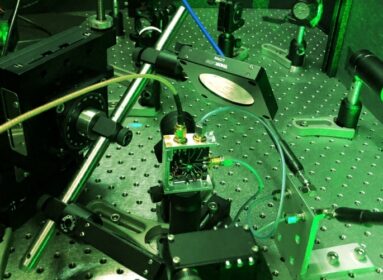
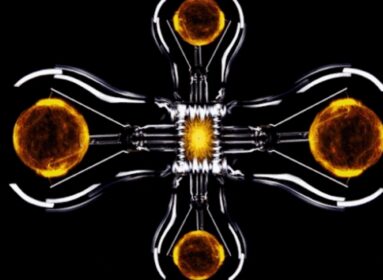




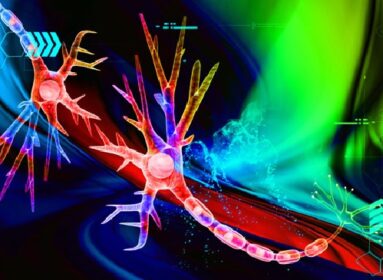
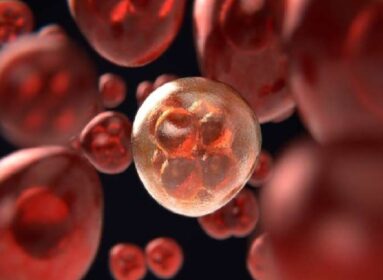
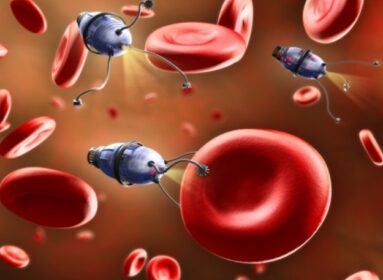





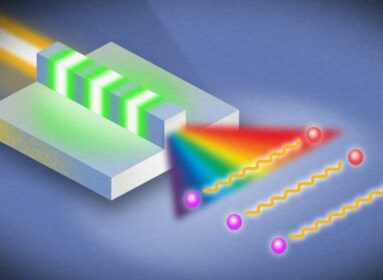














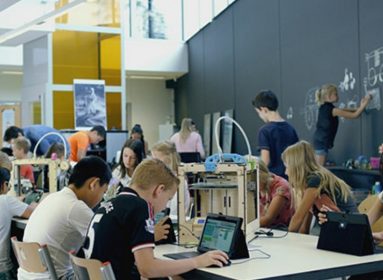
























Comments are closed.